The Bo(u)lder Question
is a regular feature of DePauw Magazine, which is published three times a year.
Maggie Schein, author of “Cruelty: A Book About Us,” recently spent two years as writer-in-residence at the Prindle Institute for Ethics. We asked her:
Why are people cruel?
It depends.
That is how most people first interrogate cruelty. During my three decades of studying cruelty, I have found that most people, when first interrogating cruelty, pose that question. We want to identify a confusing kind of pain or a sense of un-belonging within ourselves or the world. We want to describe the discomfort that goes beyond bad, skirts law or religions and can even align with – and this can be a really aversive/divisive thought – “good intentions.” Yes, cruelty can be well-intentioned. It is a counterintuitive thought, but a necessary one for making sense of ourselves. Think of Richard H. Pratt, now infamous but famed in his time for organizing the destruction of American Indigenous peoples, who coined the catch-phrase: “Kill the Indian; save the man.”
I suggest we begin our conversation asking “what is cruelty?” before we try to deconstruct the many “whys” cruelties are committed, or even “who” can count as a perpetrator or a victim. “Why” is a necessary question, but distant from our starting point.
Cruelty belongs to all of us, each of us: in our kitchens, with our guns, families, WMDs, tortures and genocides. Cruelty has an unlimited reach; it perverts what we think of as “humanity,” hence, why we can speak of “inhumanity” in relation to instances of it. For contrast, we do not say a bad gopher is an “in-gopher.” Why not? What is the underpinning moral grammar, the moral valence or expectation, that allows that difference? Cruelty opens gaps in our moral foundations; it can go beyond legality, morality, religion and custom. There were manuals for how to properly draw-and-quarter a convict (when that was a legal punishment) and what size stones are acceptable, under certain interpretations of Sharia law, for stoning a person to death. Varieties of moralities, religions, conventions and legalities have evolving boundaries around “humanity” versus “inhumanity;” “cruelty” is the outlier for each. Like a virus, it does not discriminate in a morally familiar manner and, like pornography, we know it when we see it.
This work aims to invite, even demand, because we, all of us, have to be in on the conversations. I was fortunate enough to present recently to a DePauw forum. I will be upfront: I was disappointed I did not have answers for the participants. I had suggestions to begin the conversation. When asked to define cruelty, the participants offered up “intention,” “suffering,” “indifference.” Those notions mostly revolve around why certain people become cruel. We are at a deficit and we need one another’s help to discuss what we are talking about when talking about “cruelty.” Are we talking sociopaths? Psychopaths? Ordinary humans? By what criteria? Our answers tell us about ourselves; codified moralities, religions, legalities, psychologies? That is, what is humanity, such that it can be cruel, can be inhuman?
We need to further define cruelty so that we can understand why people are cruel.
DePauw Magazine
Spring 2022
 Ever-changing challenges
Ever-changing challenges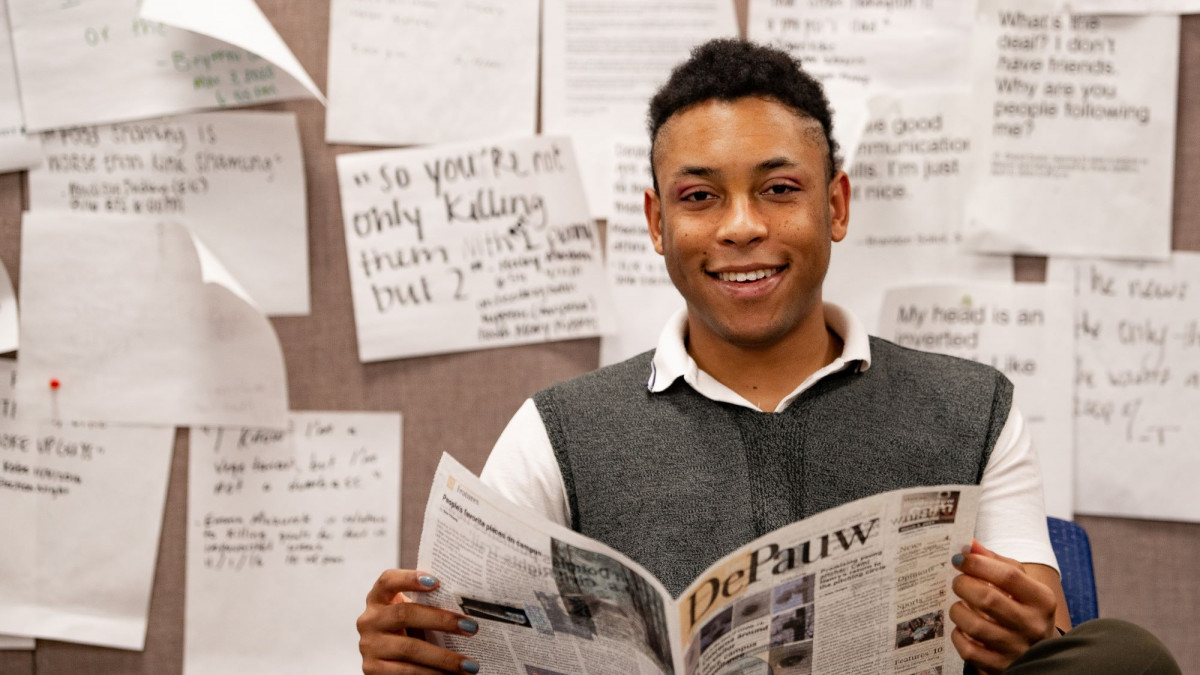 New approaches
New approaches First Person by Samuel Autman
First Person by Samuel Autman ’62 champ still swimming after all these years
’62 champ still swimming after all these years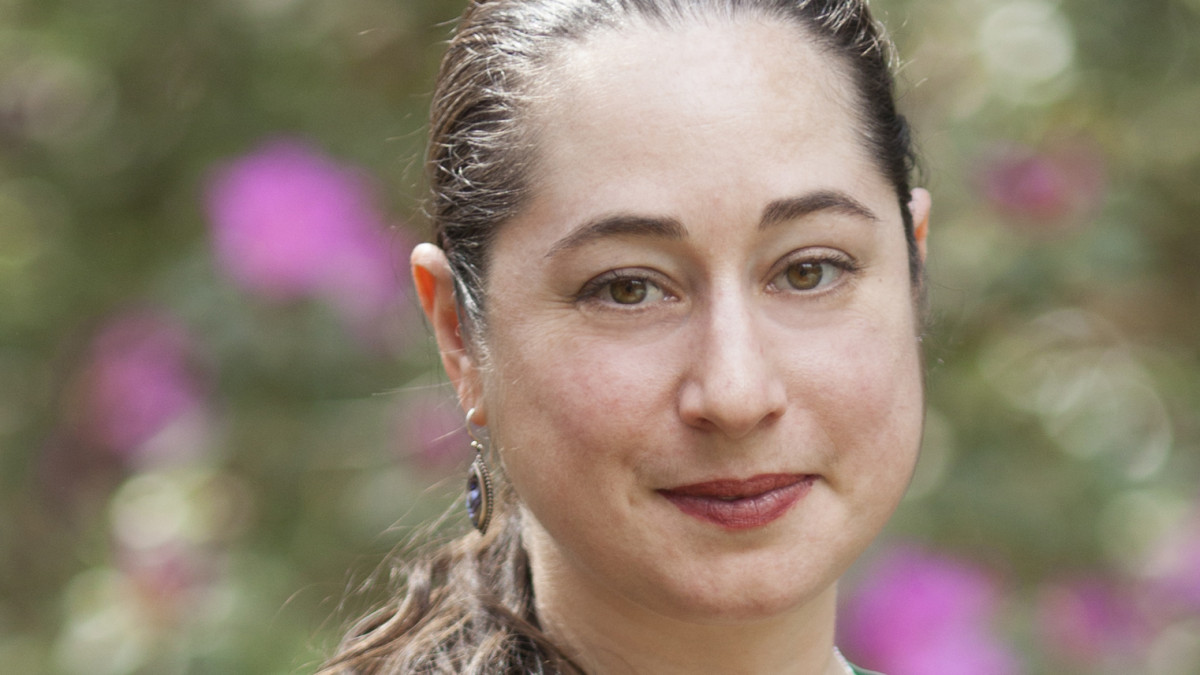 The Bo(u)lder Question by Maggie Schein
The Bo(u)lder Question by Maggie Schein Lessons in accountability
Lessons in accountability  Stories people care about
Stories people care about A watchdog
A watchdog Eye-opening experience
Eye-opening experience Ethical decision-making
Ethical decision-making A way to give back
A way to give back Confidence-builder
Confidence-builder A solid foundation
A solid foundation  Collaborative spirit
Collaborative spirit A sense of identity
A sense of identity Freedom to experiment
Freedom to experiment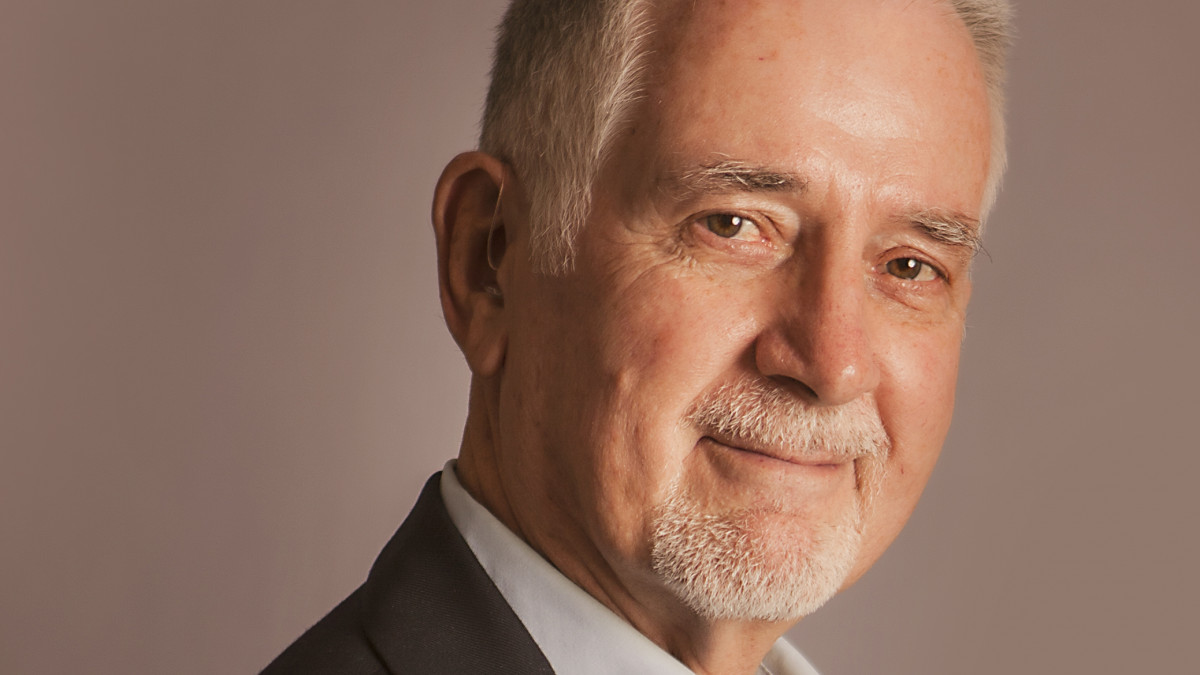 Meeting Jimmy Hoffa
Meeting Jimmy Hoffa The DePauw at 170
The DePauw at 170 The book seller
The book seller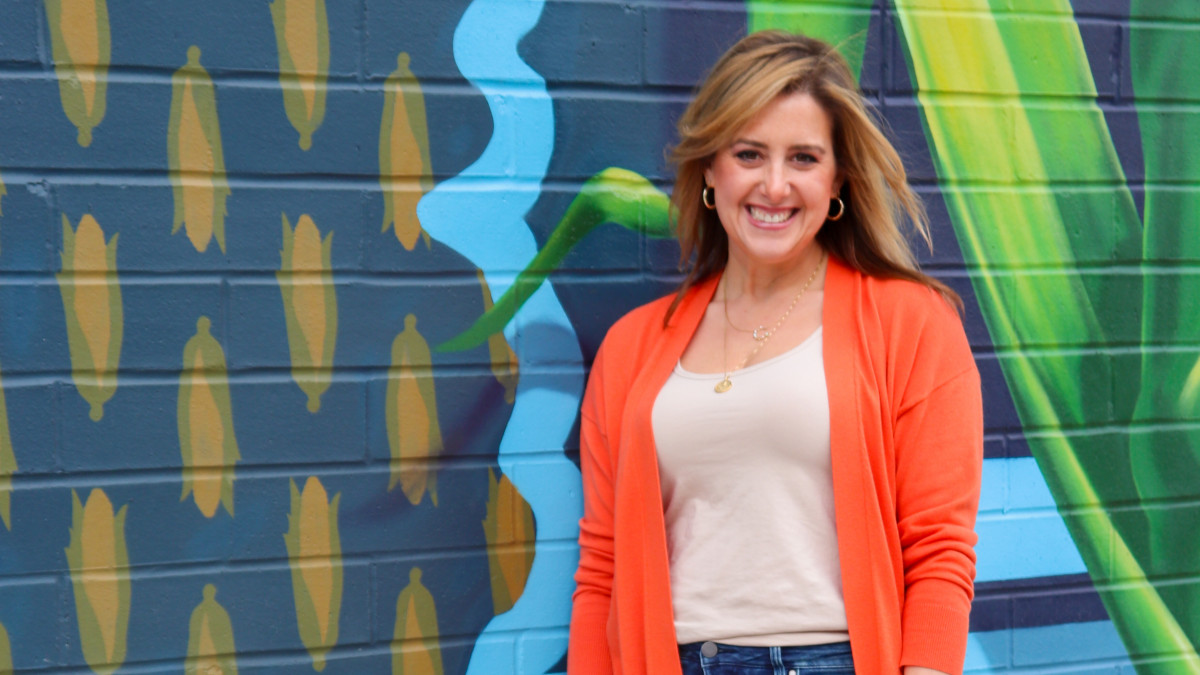 The reader
The reader The publicist
The publicist The children’s book publicist
The children’s book publicist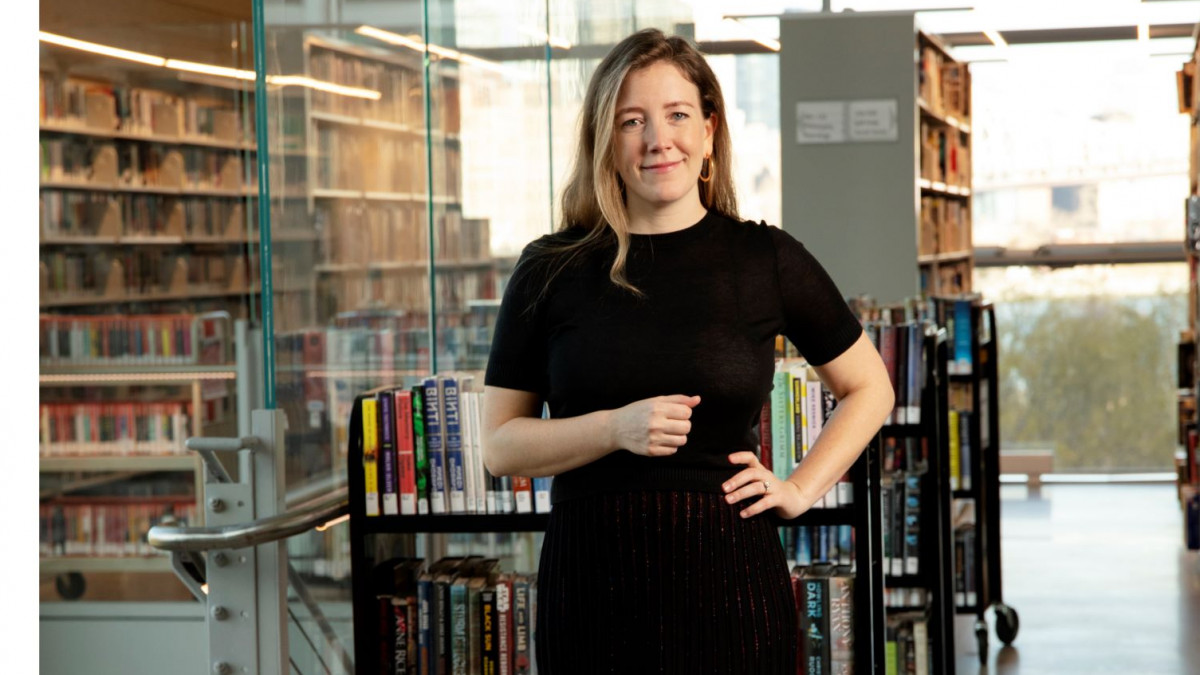 The ad director
The ad director  The sales director
The sales director  The literary fiction editor
The literary fiction editor The nonfiction editor
The nonfiction editor The assistant editor
The assistant editor  The literary agent
The literary agent The illustration agent
The illustration agent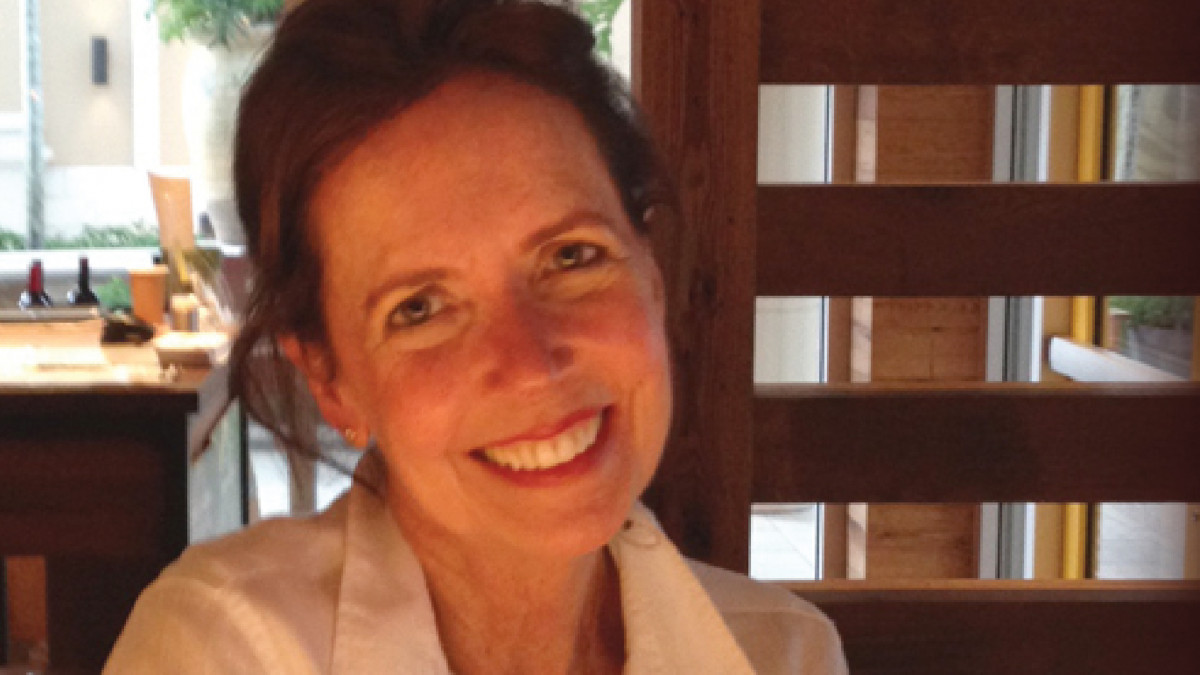 The ghostwriter
The ghostwriter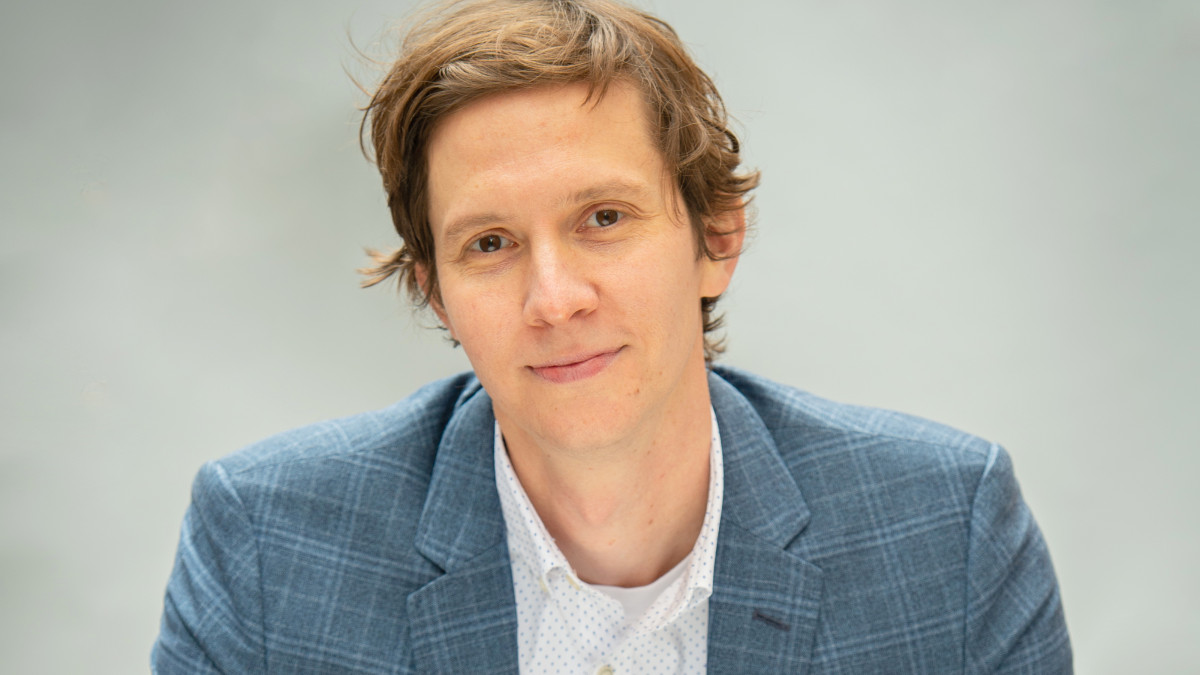 The niche publisher
The niche publisher The accidental author
The accidental author The self-published author
The self-published author The children’s author and illustrator
The children’s author and illustrator  The bestseller
The bestseller The fiction author
The fiction author The nonfiction author
The nonfiction author From Inkling to Ink: How a book becomes a book
From Inkling to Ink: How a book becomes a book The memoirist-in-the-making
The memoirist-in-the-making DePauw Magazine - From Inkling to Ink: How a book becomes a book
DePauw Magazine - From Inkling to Ink: How a book becomes a book
DePauw Stories
A GATHERING PLACE FOR STORYTELLING ABOUT DEPAUW UNIVERSITY
Browse other stories
-
Athletics
-
Football - DePauw-Record 190 Student-Athletes Named to NCAC's Dr. Gordon Collins Scholar-Athlete Honor Roll
-
Football - 336 Students Named to 2025 Spring Tiger Pride Honor Roll
-
Football - DePauw Unveils 2025 Athletics Hall of Fame Class
More Athletics
-
-
News
-
Outstanding scholars named to Spring 2025 Dean's List
-
Alumni News Roundup - June 6, 2025
-
Transition and Transformation: Inside the First-Year Experience
More News
-
-
People & Profiles
-
11 alums make list of influential Hoosiers
-
DePauw welcomes Dr. Manal Shalaby as Fulbright Scholar-in-Residence
-
DePauw Names New Vice President for Communications and Strategy and Chief of Staff
More People & Profiles
-
-
Have a story idea?
Whether we are writing about the intellectual challenge of our classrooms, a campus life that builds leadership, incredible faculty achievements or the seemingly endless stories of alumni success, we think DePauw has some fun stories to tell.
-
Communications & Marketing
101 E. Seminary St.
Greencastle, IN, 46135-0037
communicate@depauw.eduNews and Media
-
News media: For help with a story, contact:
Bob Weaver, Senior Director of Communications.
bobweaver@depauw.edu.